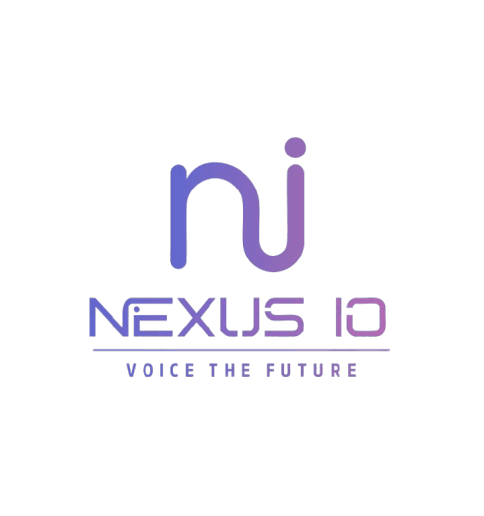AI Phone Agents vs. Traditional Call Centers: A Cost and Efficiency Comparison
Understanding AI Phone Agents
In recent years, the implementation of Artificial Intelligence (AI) phone agents has significantly reshaped the customer service landscape. AI phone agents, powered by machine learning and natural language processing, are designed to simulate human conversation and understand customer queries efficiently. They operate 24/7, providing consistent and high-quality support without the need for breaks or shifts.
AI phone agents can handle a wide range of tasks, from answering frequently asked questions to processing transactions. This technology continues to evolve, becoming more sophisticated and capable of understanding complex queries with increased accuracy.

The Traditional Call Centers
Traditional call centers have been the backbone of customer service for decades. These centers employ human agents who interact with customers via telephone to resolve issues, provide information, and ensure customer satisfaction. Call centers typically operate within set hours and may require a large workforce to handle peak call volumes.
While human agents bring empathy and nuanced understanding to customer interactions, their availability is subject to limitations such as work hours, holidays, and personal time off. Additionally, the cost of recruiting, training, and retaining skilled agents can be substantial.
Cost Comparison
One of the significant advantages of AI phone agents is their cost-effectiveness. Deploying AI solutions involves upfront costs for technology integration, but these are often offset by reduced operational expenses over time. AI agents don't require salaries, benefits, or ongoing training expenses.
In contrast, traditional call centers incur continuous costs related to staffing, training, and employee benefits. Scaling up operations during peak periods can further increase these expenses. A well-implemented AI system can handle increased call volumes without additional costs, providing a more scalable solution.

Efficiency and Productivity
AI phone agents excel in efficiency as they can handle multiple calls simultaneously without compromising on quality. Their ability to provide instant responses reduces wait times and enhances customer satisfaction. Moreover, AI can be programmed to learn from interactions, thereby improving over time.
Traditional call centers rely on human intervention, which can sometimes lead to longer wait times due to high call volumes or complex queries that require escalation. However, human agents offer a personalized touch that AI may still struggle to replicate fully.
Customer Experience
The customer experience is a crucial aspect when comparing AI phone agents and traditional call centers. AI systems provide quick resolutions and consistent service but may lack the emotional intelligence inherent in human interactions.
Human agents are better equipped to handle sensitive issues requiring empathy and understanding. However, training is vital to ensure that agents maintain professionalism and deliver high-quality service consistently.

The Future of Customer Service
The future of customer service likely lies in a hybrid approach that combines the strengths of both AI and human agents. AI can manage routine inquiries and free up human agents to focus on more complex issues requiring a personal touch.
By integrating AI with traditional call center operations, businesses can enhance efficiency while maintaining a high level of customer satisfaction. This approach allows companies to optimize costs and improve service delivery across the board.
Conclusion
Both AI phone agents and traditional call centers have their unique advantages and limitations. The choice between them depends on a business's specific needs, customer base, and budget constraints. As technology continues to advance, the integration between AI and human services will likely become more seamless, offering even greater benefits.
Ultimately, the goal is to provide customers with the best possible experience while managing costs effectively. By understanding the strengths and weaknesses of each approach, businesses can make informed decisions that align with their objectives.
